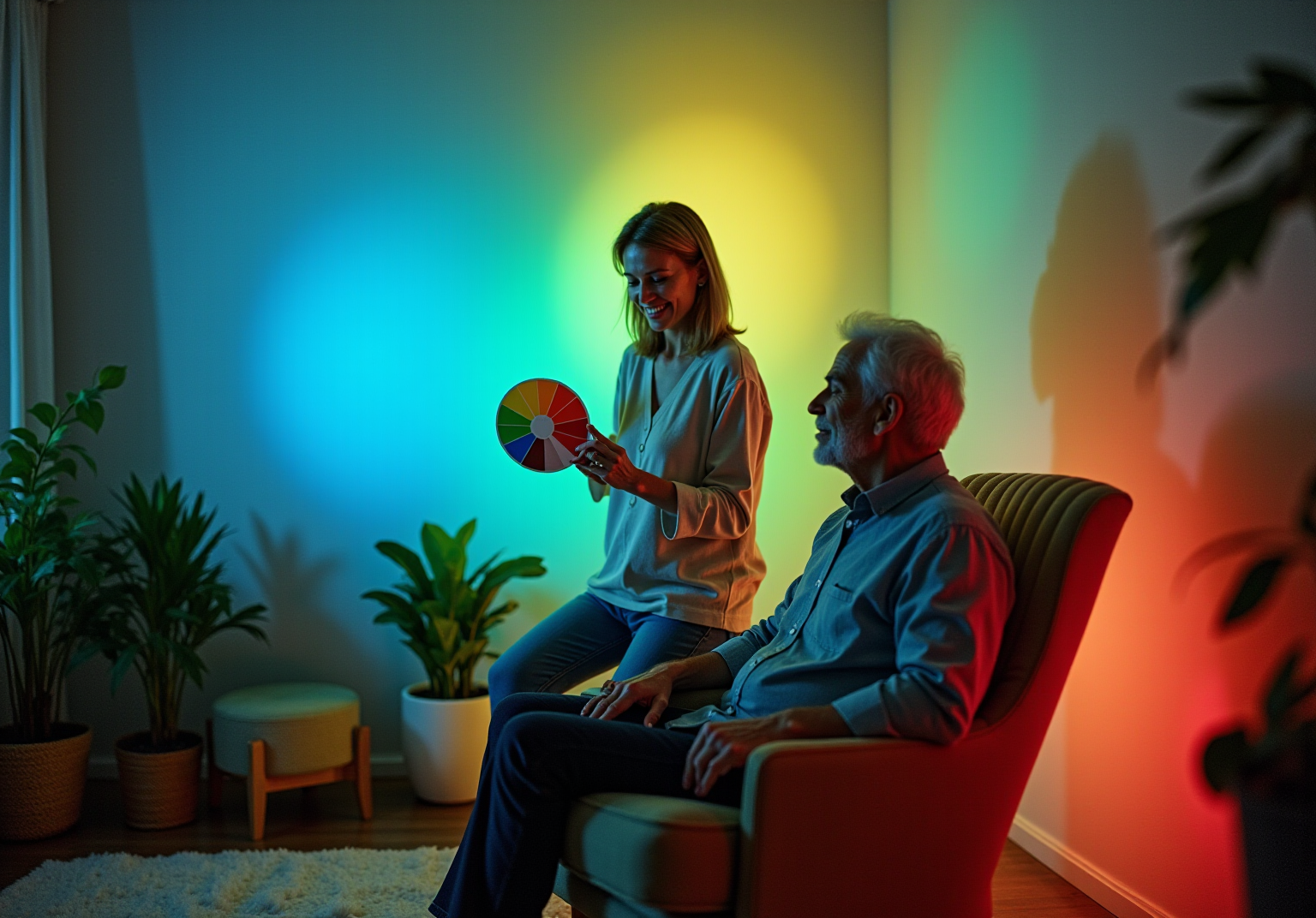Master Infrared Light Therapy: Safety, Techniques, and Tips
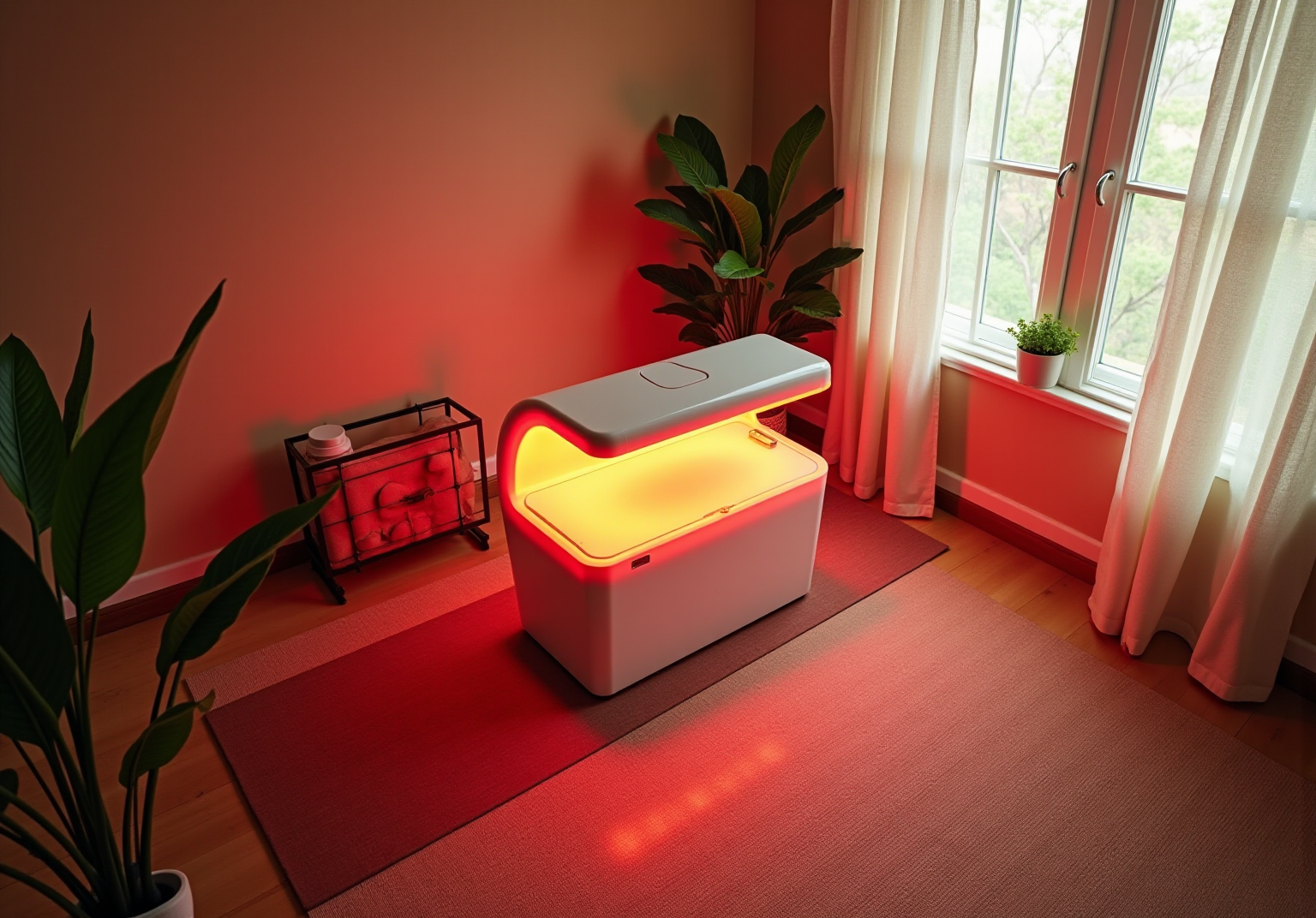
Overview
Infrared light therapy stands as a non-invasive treatment that significantly promotes healing. By utilizing specific wavelengths of light, it enhances circulation, reduces inflammation, and accelerates tissue repair. This therapy is not merely a trend; it offers tangible benefits for pain relief and recovery across various conditions.
To fully harness these advantages, it is essential to adhere to safety guidelines and effective techniques. Resources are available to maximize the potential of this therapy, making it a valuable option in modern healthcare.
Introduction
Infrared light therapy is emerging as a revolutionary approach to healing, harnessing specific wavelengths of light to promote cellular repair and enhance overall wellness. This guide delves into the myriad benefits of this innovative treatment, encompassing pain relief and improved skin health, while also providing essential safety guidelines and effective techniques for maximizing results.
However, as with any therapeutic modality, questions regarding its efficacy and safety inevitably arise. What are the best practices to ensure a safe and beneficial experience with infrared light therapy?
Understand Infrared Light Therapy Basics
Infrared light therapy utilizes specific wavelengths of light to penetrate the skin, facilitating healing at the cellular level. This innovative approach is recognized for its capacity to enhance circulation, reduce inflammation, and accelerate tissue repair. The primary wavelengths utilized in heat treatment range from 700 to 2500 nanometers. Notably, red illumination, typically around 660 nm, is particularly effective for addressing surface-level concerns, such as skin health, while near-infrared radiation, approximately 850 nm, penetrates deeper, targeting muscles and joints.
Research studies have demonstrated that thermal radiation treatment significantly enhances blood circulation by promoting nitric oxide production, which is essential for vascular health. Enhanced circulation not only delivers increased oxygen and nutrients to injured tissues but also aids in the removal of metabolic waste, thereby promoting faster recovery. For instance, clinical trials have shown that individuals undergoing heat-based treatment for conditions like diabetic foot ulcers experienced improved healing rates and reduced pain levels when compared to traditional methods.
The real-world applications of infrared light therapy underscore its effectiveness across various settings. Athletes frequently utilize infrared light therapy as a treatment to expedite recovery from injuries and alleviate muscle soreness post-exercise. Furthermore, individuals suffering from chronic pain conditions, such as arthritis or tendonitis, report significant relief and enhanced mobility following infrared light therapy.
Understanding these fundamentals enables users to recognize the potential advantages, which include , improved skin conditions, and enhanced recovery from injuries. As emphasized by health experts, radiant energy treatment represents a promising, non-invasive option that can augment conventional medical care, providing a comprehensive approach to health and wellness.
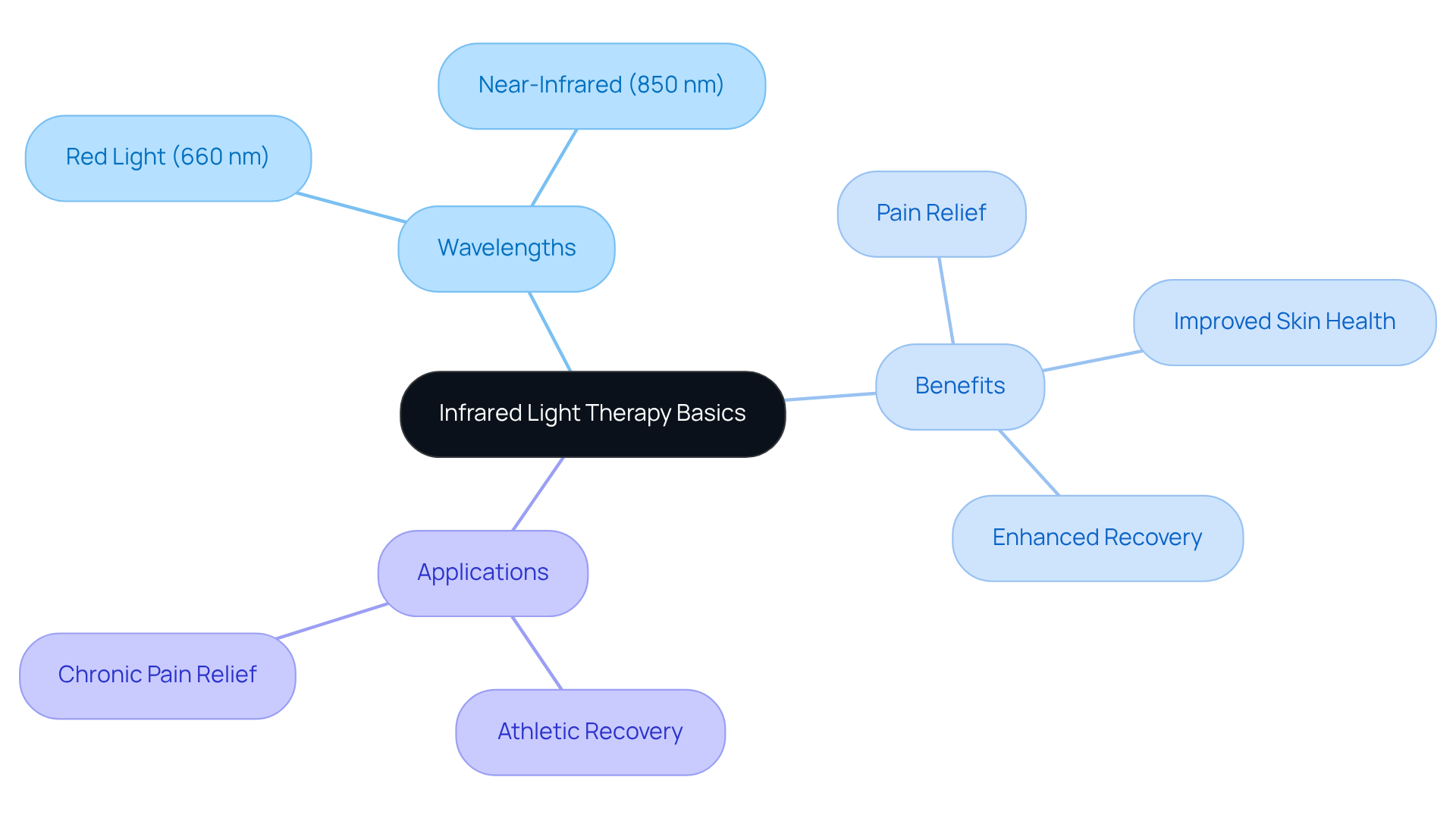
Implement Safety Guidelines for Infrared Light Therapy
To ensure the safe use of infrared light therapy, it is essential to adhere to the following guidelines:
- Choose certified equipment: Always utilize products, including those that use infrared light therapy, that are FDA-cleared or certified for safety and efficacy.
- Follow Manufacturer Instructions: Each item comes with specific usage guidelines; always read and adhere to them carefully.
- Shield Your Eyes: Wear safety goggles when utilizing equipment that produces intense brightness, particularly if the brightness is aimed at the face.
- Maintain Proper Distance: Keep a safe distance from the illumination source, typically 12-36 inches, depending on the device's specifications.
- Limit Session Duration: Start with shorter sessions (10-15 minutes) and gradually increase as tolerated, avoiding prolonged exposure to prevent burns.
- Consult a Professional: If you have underlying health conditions or are pregnant, consult a before beginning treatment.
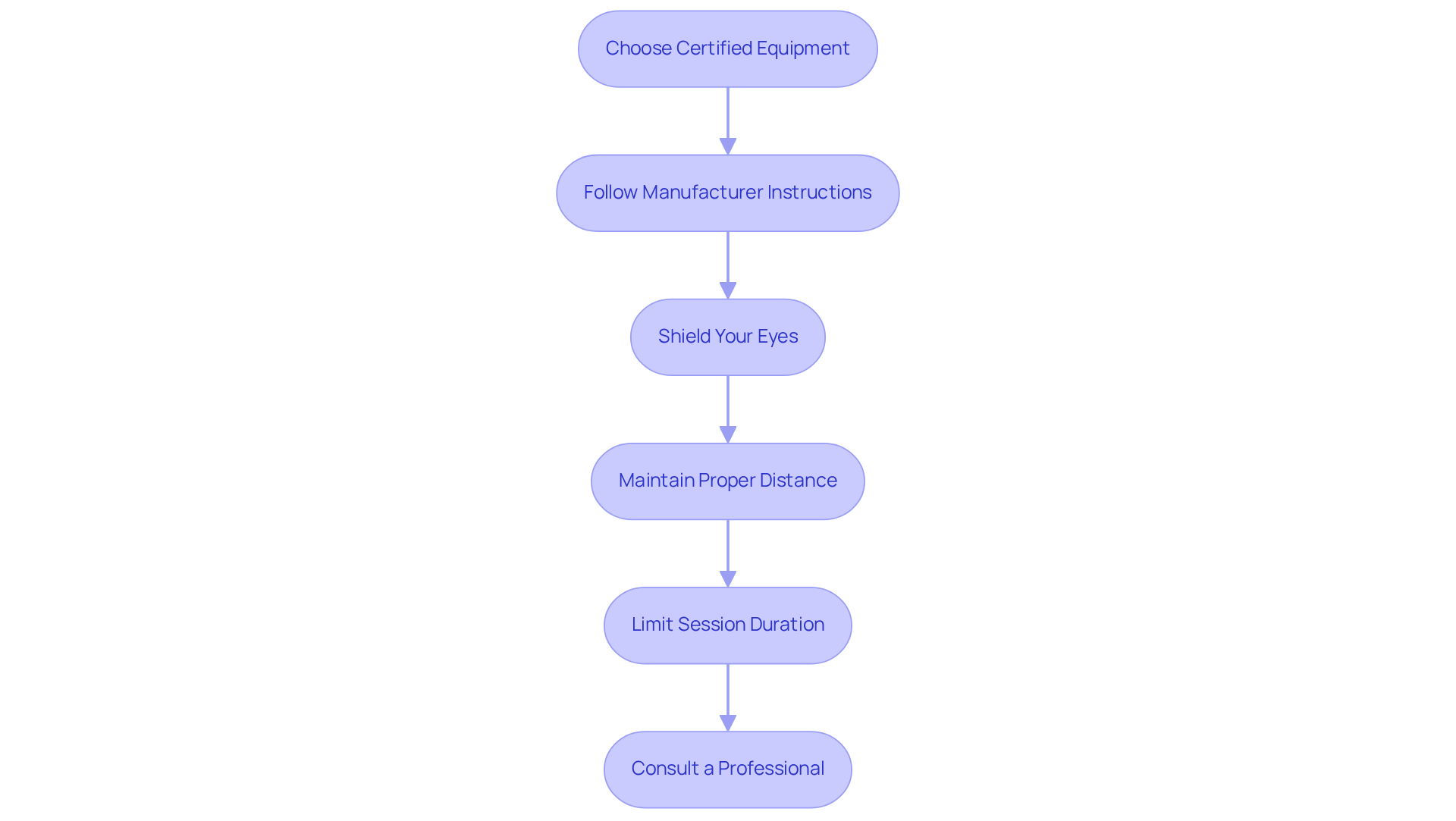
Maximize Benefits with Effective Techniques
To maximize the , implementing effective techniques is essential. First, ensure that the treatment area is clean; the skin should be free from lotions or creams to facilitate optimal light penetration. Next, positioning is crucial. For skin-related benefits, maintain a distance of 12-36 inches from the apparatus. If addressing deeper tissue concerns, a closer proximity may be advantageous, but always adhere to the device guidelines.
Consistency is key to achieving cumulative benefits. Regular sessions, ideally 2-3 times per week, can significantly enhance results. At Tsavo Wellness, we recommend tracking your progress to adjust frequency as needed, ensuring you achieve optimal outcomes. Moreover, consider combining infrared light therapy with other wellness practices available at Tsavo Wellness, such as:
- Hydration
- Nutrition
- Physical activity
Our advanced sauna experience in Mosman, Sydney, promotes detoxification, improves circulation, and aids recovery, making it an excellent complement to your light-based treatment sessions.
Finally, it is vital to monitor your body's response during and after each session. Pay close attention to how you feel and adjust the duration and frequency based on your comfort and results. This personalized approach will ensure that your wellness journey is tailored to your specific needs.
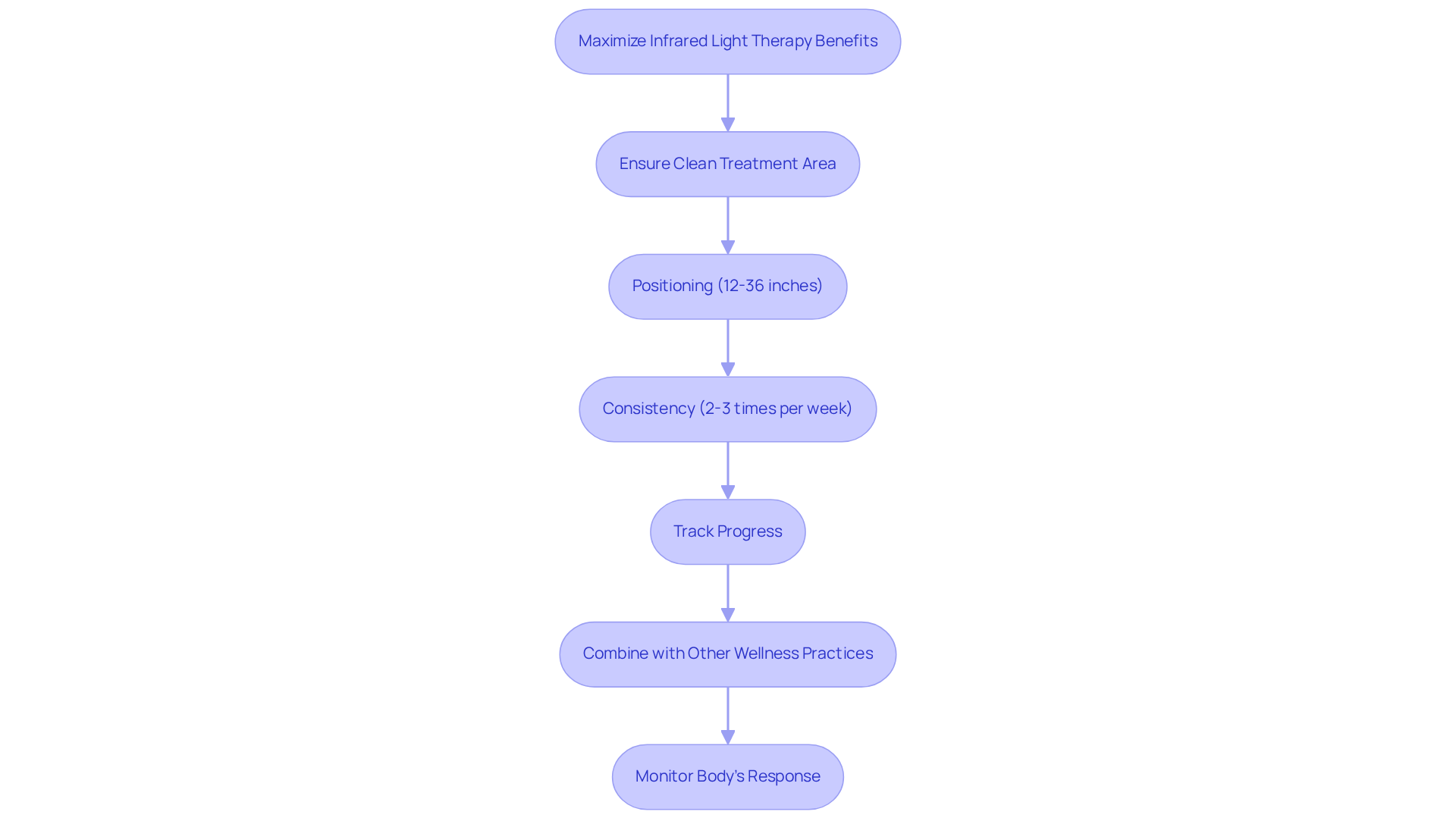
Access Resources and Troubleshooting Tips
To enhance your infrared light therapy journey, consider these essential resources and troubleshooting tips:
- Online Communities: Engage with forums or social media groups dedicated to infrared therapy, where you can exchange experiences and insights with fellow users.
- Manufacturer Support: For specific inquiries or concerns regarding your device's performance, reach out directly to the equipment manufacturer for expert assistance.
- Common Issues: Should you encounter skin irritation, it is advisable to reduce the duration or frequency of your sessions. If your device is unresponsive, verify power connections or ensure it is properly plugged in.
- Educational Resources: Explore webinars, articles, or videos that delve deeper into the methods and benefits of heat treatment. Understanding the unique advantages of heat-based saunas—particularly their ability to penetrate the skin without excessive heat or moisture—can significantly enhance your experience. Look for expert-led webinars on infrared light therapy or informative articles detailing its health benefits.
- Consult Professionals: If issues persist or concerns arise, it is prudent to consult a healthcare provider or wellness professional for tailored advice. Always adhere to safety guidelines, such as avoiding sauna use during pregnancy or when under the influence of drugs or alcohol, to ensure a safe and beneficial experience.
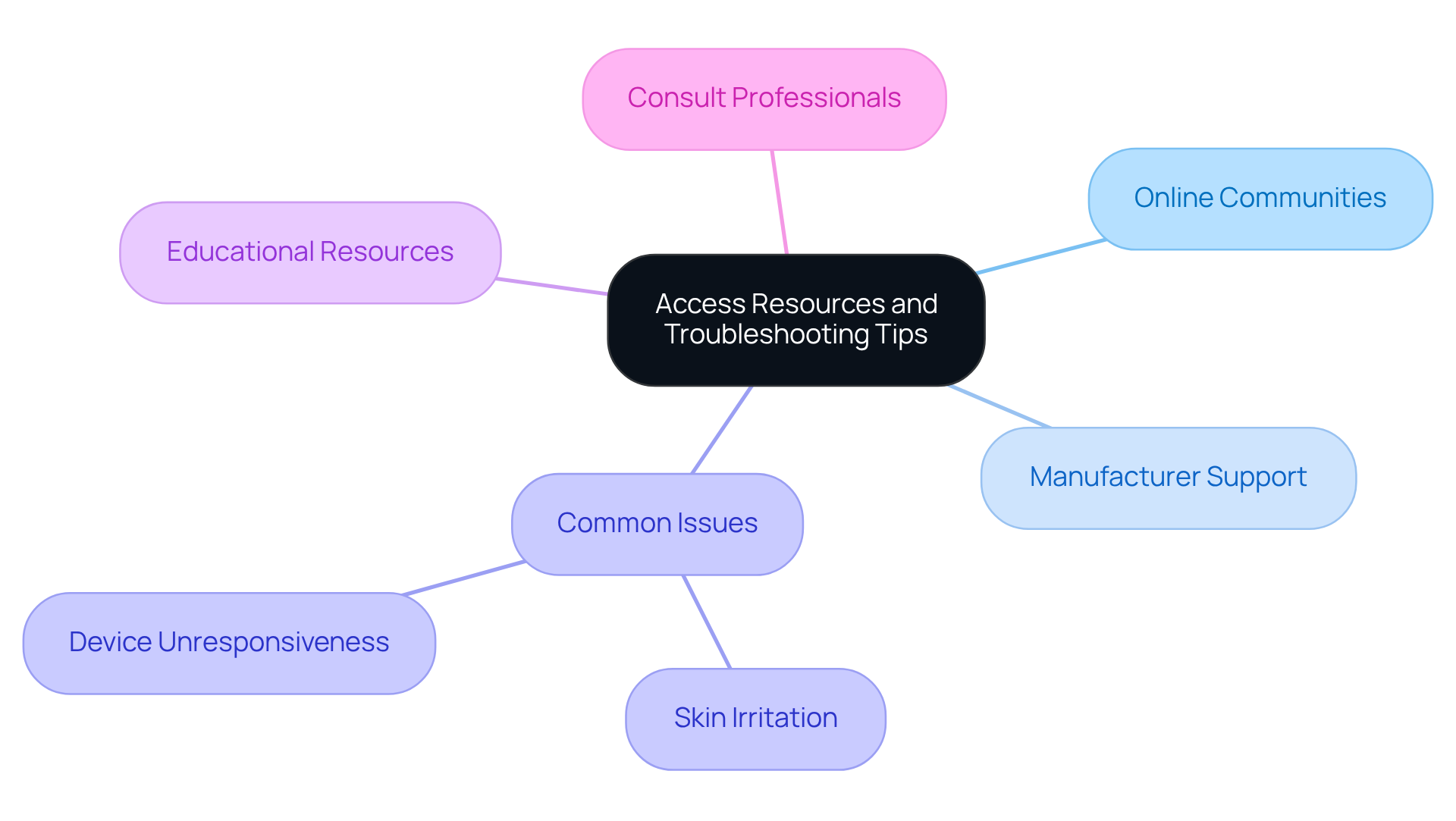
Conclusion
Infrared light therapy represents a groundbreaking advancement in healing, utilizing specific wavelengths to foster recovery and enhance overall wellness. By comprehending its mechanisms and benefits, individuals can effectively harness this non-invasive treatment to alleviate pain, improve skin conditions, and expedite healing processes.
This article explores the foundational elements of infrared light therapy, underscoring its efficacy in boosting circulation, diminishing inflammation, and promoting tissue repair. It stresses the necessity of adhering to safety guidelines, such as utilizing certified equipment and consulting healthcare professionals, to ensure a secure experience. Techniques for maximizing benefits, including the importance of cleanliness and consistency in treatment sessions, are also examined, along with resources for troubleshooting and community support.
Engaging with infrared light therapy can significantly elevate health and wellness. By adhering to the outlined safety measures and techniques, individuals can optimize their experience and reap the extensive benefits this innovative therapy provides. Embracing this approach not only supports personal health journeys but also fosters a broader understanding of holistic wellness practices.
Frequently Asked Questions
What is infrared light therapy?
Infrared light therapy utilizes specific wavelengths of light to penetrate the skin, facilitating healing at the cellular level, enhancing circulation, reducing inflammation, and accelerating tissue repair.
What are the primary wavelengths used in infrared light therapy?
The primary wavelengths utilized range from 700 to 2500 nanometers, with red illumination around 660 nm effective for surface-level concerns and near-infrared radiation approximately 850 nm targeting deeper tissues like muscles and joints.
How does infrared light therapy improve blood circulation?
Infrared light therapy enhances blood circulation by promoting the production of nitric oxide, which is essential for vascular health, thereby increasing oxygen and nutrient delivery to injured tissues and aiding in the removal of metabolic waste.
What are some clinical benefits of infrared light therapy?
Clinical trials have shown that infrared light therapy can significantly improve healing rates and reduce pain levels in conditions such as diabetic foot ulcers compared to traditional methods.
Who commonly uses infrared light therapy?
Athletes frequently use infrared light therapy to expedite recovery from injuries and alleviate muscle soreness post-exercise, while individuals with chronic pain conditions, such as arthritis or tendonitis, report significant relief and enhanced mobility.
What are the potential advantages of infrared light therapy?
The potential advantages include pain relief, improved skin conditions, and enhanced recovery from injuries, making it a promising, non-invasive option that can complement conventional medical care.

